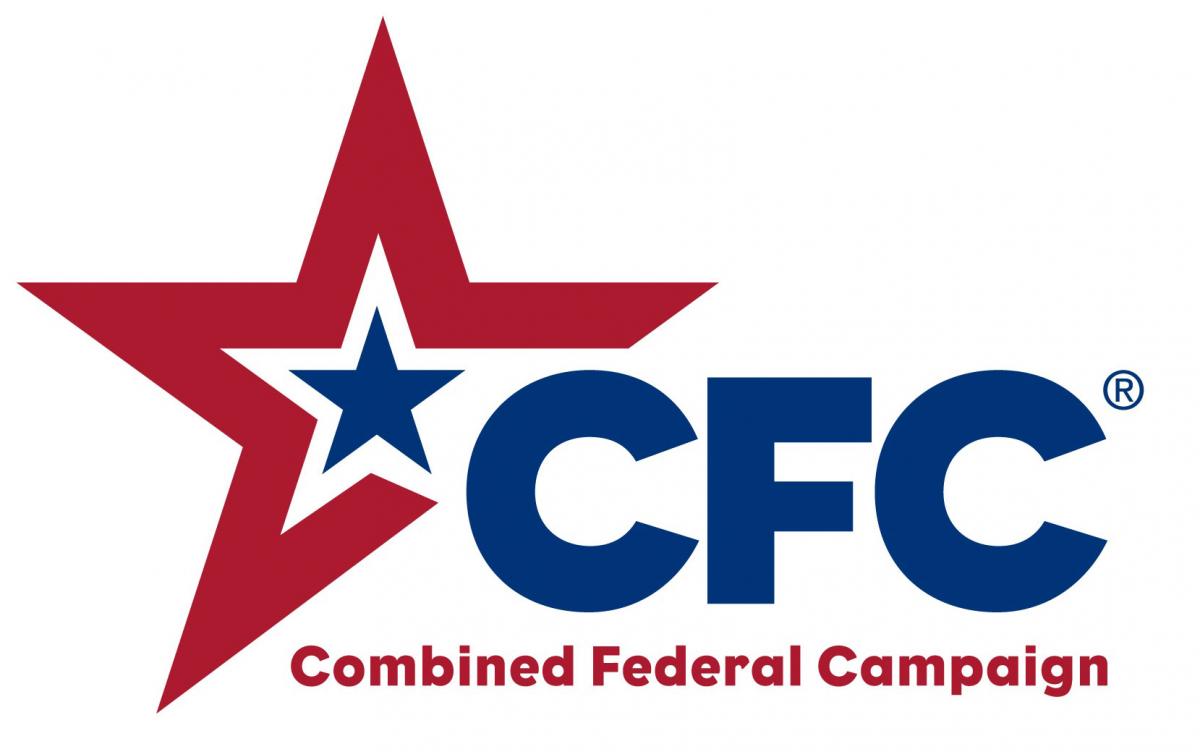Five Things to Know about Fraud and Marriage-Based Petitions
Last Updated
In the past year, the Board of Immigration Appeals, or BIA, has published three decisions relating to marriage fraud and INA § 204(c). This section bars approval of a visa petition where the beneficiary has previously participated in a fraudulent marriage or has attempted or conspired to do so. In order for U.S. Citizenship and Immigration Services, or USCIS, to make a section 204(c) finding, there must be “substantial and probative evidence” in the record that the beneficiary previously attempted or conspired to enter into a fraudulent marriage. The recent decisions issued by the BIA in Matter of R.I. Ortega, Matter of Pak, and Matter of Mensah illustrate the far-reaching power of the marriage fraud bar. This bar has no temporal limitation and can impede a client’s ability to ever obtain permanent resident status, regardless of how much time has passed since the alleged fraud or how compelling the equities are in the current family-based case.
The BIA affirmed in its recent decisions that the section 204(c) bars can be applied expansively — even when no formal finding of fraud was made by the agency in its denial of the first petition and even when it was only a conspiracy to commit a fraudulent marriage rather than an actual marriage. Furthermore, even when USCIS has found the 204(c) bar inapplicable and has approved a family-based I-130 visa petition, the BIA upheld an immigration judge’s finding of inadmissibility under section 212(a)(6)(c)(i) based on misrepresentations about the first marriage made during a USCIS interview. Here are five of the most important points from the BIA’s recent decisions.
-
Section 204(c) Applies to K-1 Nonimmigrant Petitions
In Matter of R.I. Ortega, 28 I&N Dec. 9 (BIA 2020), the BIA found that the section 204(c) bar may apply to a noncitizen beneficiary of a K-1 fiancé(e) petition, even when the beneficiary never married the petitioner. In this case, the noncitizen sought permanent residency based on an approved I-130 petition filed on his behalf by his U.S. citizen mother. USCIS revoked the approval of the I-130 petition, finding that the noncitizen had previously conspired to enter into a fraudulent marriage when a K-1 fiancé petition was filed on his behalf, for which he submitted supporting documents and attended interviews at the consulate. The BIA upheld this revocation, finding that that the fiancé petition was based on a sham relationship. The BIA focused on the unique nature of the K-1 fiancé(e) program and noted that these visa holders have a direct path to permanent resident status and have traditionally been treated as “functional equivalents” of immediate relatives for purposes of immigrant visa eligibility and availability. The BIA also found that the actions taken by the beneficiary when appearing at interviews in connection with the K-1 visa application and falsely asserting a bona fide intention to marry the U.S. citizen petitioner necessarily meant that the beneficiary had “conspired” to enter into a fraudulent marriage, even though the marriage never took place. The BIA found that the statute did not intend to limit the applicability of 204(c) to cases where the beneficiary previously obtained or sought to obtain an immigrant visa.
-
An Overt Act is Needed For The “Conspiracy Prong of” 204(c) to Apply
In that same case the BIA also addressed the “conspiracy” prong of the statute, which applies to bar approval of a later visa petition even when the fraudulent marriage has not actually taken place. The BIA found that in order for 204(c) to apply, there must be both an agreement and an overt act in furtherance of the conspiracy. The BIA noted that two parties can merely agree to enter into a marriage for purposes of evading the immigration law, which would not trigger the marriage fraud bar unless there was an affirmative act in furtherance of the conspiracy. The BIA found in this particular case that the filing of the nonimmigrant K-1 petition and the parties’ conduct at consular interviews were overt acts in furtherance of the conspiracy. However, if two parties agree to enter into a marriage for the purpose of evading the immigration laws but never engage in any action or conduct that furthers that agreement, this does not trigger the bar without an overt act.
-
Section 204(c) May Apply Even if the First Petition Is Denied for Insufficient Evidence Rather than for 204(c)
In another case decided last year, Matter of Pak, 28 I&N Dec. 113 (BIA 2020), the BIA rejected the theory that the section 204(c) bar should not apply where the prior petition was denied based on insufficient evidence and not on a formal finding of marriage fraud. The BIA determined that the bar to approval of a subsequent petition may apply regardless of whether the agency had explicitly made a finding of marriage fraud when it denied the first petition. The BIA found that “the broad phrasing and the absence of a temporal requirement” in the statute meant the bar could be applied anytime there is “substantial and probative evidence” of marriage fraud, which the BIA found present in this particular case. A more detailed summary of Matter of Pak can be found here: https://cliniclegal.org/resources/family-based-immigration-law/new-bia-decision-addresses-scope-ina-ss-204c.
-
Even If Section 204(c) Does Not Apply, the Agency Can Still Find the Immigrant Inadmissible for Fraud
In a recently issued decision, Matter of Mensah, 28 I&N Dec. 288 (BIA 2021), the BIA considered the case of a noncitizen seeking to readjust her status based on a second, approved I-130 petition filed on her behalf by a U.S. citizen spouse. The noncitizen had obtained conditional permanent resident status based on her first marriage, which was terminated when USCIS determined that the noncitizen could not show she had entered into a good faith marriage with her first husband. However, a subsequent I-130 petition filed by her second husband was approved, and USCIS did not assert the 204(c) bar.
Based on the approved visa petition, the noncitizen argued that the immigration judge was precluded from determining that she was inadmissible for fraud for alleged misrepresentations made during her USCIS interview about her first marriage, which had taken place several years earlier. The BIA disagreed and found that the immigration judge had not clearly erred in finding that the noncitizen had misrepresented her residential address at the time of her USCIS interview and was therefore inadmissible for fraud. While the noncitizen attempted to explain these discrepancies in her testimony, the immigration judge found them unpersuasive and therefore found her inadmissible under INA § 212(a)(6)(c)(i). Id. at 295. The BIA upheld this finding despite the fact that USCIS had made no formal 204(c) finding to bar approval of the subsequent petition, noting in this context that the noncitizen has the burden of showing her admissibility to the United States.
-
A Section 212(i) Waiver May Be Needed Even if 204(c) Does Not Apply
Because the noncitizen in Matter of Mensah argued that she was not inadmissible for fraud, she did not file or seek a section 212(i) waiver of inadmissibility based on extreme hardship to her U.S. citizen spouse in her removal proceedings. Id. at 295 n.7. As such, the BIA determined that the immigration judge properly ordered her removal from the United States because she was inadmissible and had not applied for a waiver. Id.
Mensah demonstrates that there may be circumstances when the 204(c) bar does not apply to bar approval of a visa petition, but the factfinder may still determine that misstatements about the marriage make the noncitizen inadmissible for fraud. There can be a scenario where false statements were made about a marriage that in itself was not fraudulent. It appears that the noncitizen in Mensah fell into that gray area: her initial marriage was not fraudulent, but she did misrepresent some aspects of her relationship with her first husband when she attended her USCIS interview.
Conclusion
Given this line of cases, it is vitally important that practitioners and their clients understand how far-reaching the marriage fraud bar can be. Even a long-ago marriage — or a conspiracy to enter one — can gravely impact a client’s ability to obtain a green card, no matter how substantial and compelling the current family ties may be.





